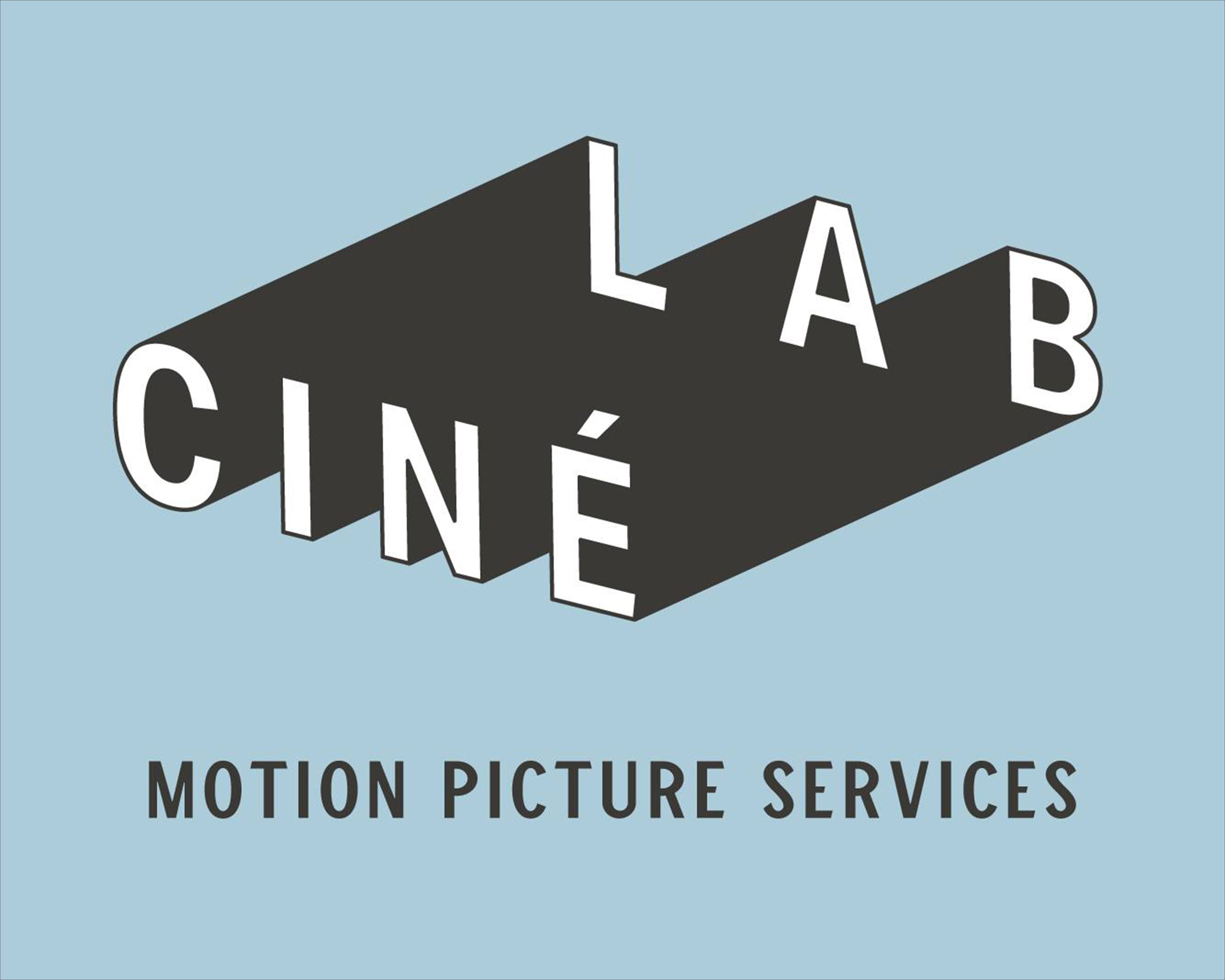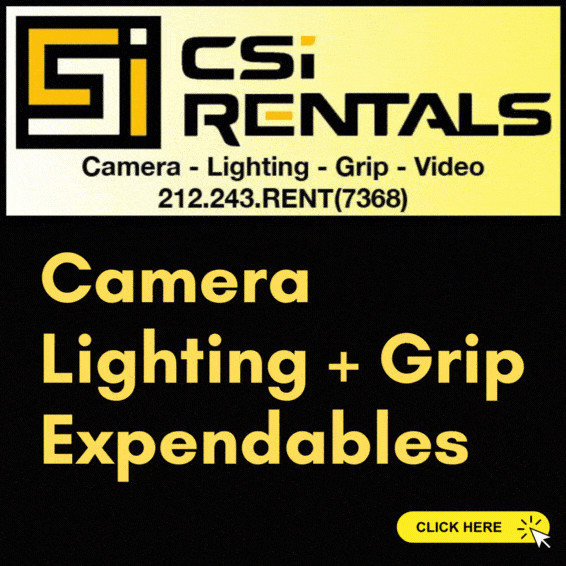8
85hal9000
Guest
Hello everybody!
I'm a cinematography student getting involved with first experiences shooting on film.
I heard of many different ways of taking an incident reading with a lightmeter. some people say ALWAYS point the dome towards the camera.
other people say ALWAYS point the dome towards the key light.
all these things are making me a bit confused!
and more....
how do you determine the right exposure for strong backlit summer situation? do you meter towards the sun and in the shadow and you average??
if you could answer these questions i would certainly sleep better...!!!
thanks a lot.
matteo
I'm a cinematography student getting involved with first experiences shooting on film.
I heard of many different ways of taking an incident reading with a lightmeter. some people say ALWAYS point the dome towards the camera.
other people say ALWAYS point the dome towards the key light.
all these things are making me a bit confused!
and more....
how do you determine the right exposure for strong backlit summer situation? do you meter towards the sun and in the shadow and you average??
if you could answer these questions i would certainly sleep better...!!!
thanks a lot.
matteo





